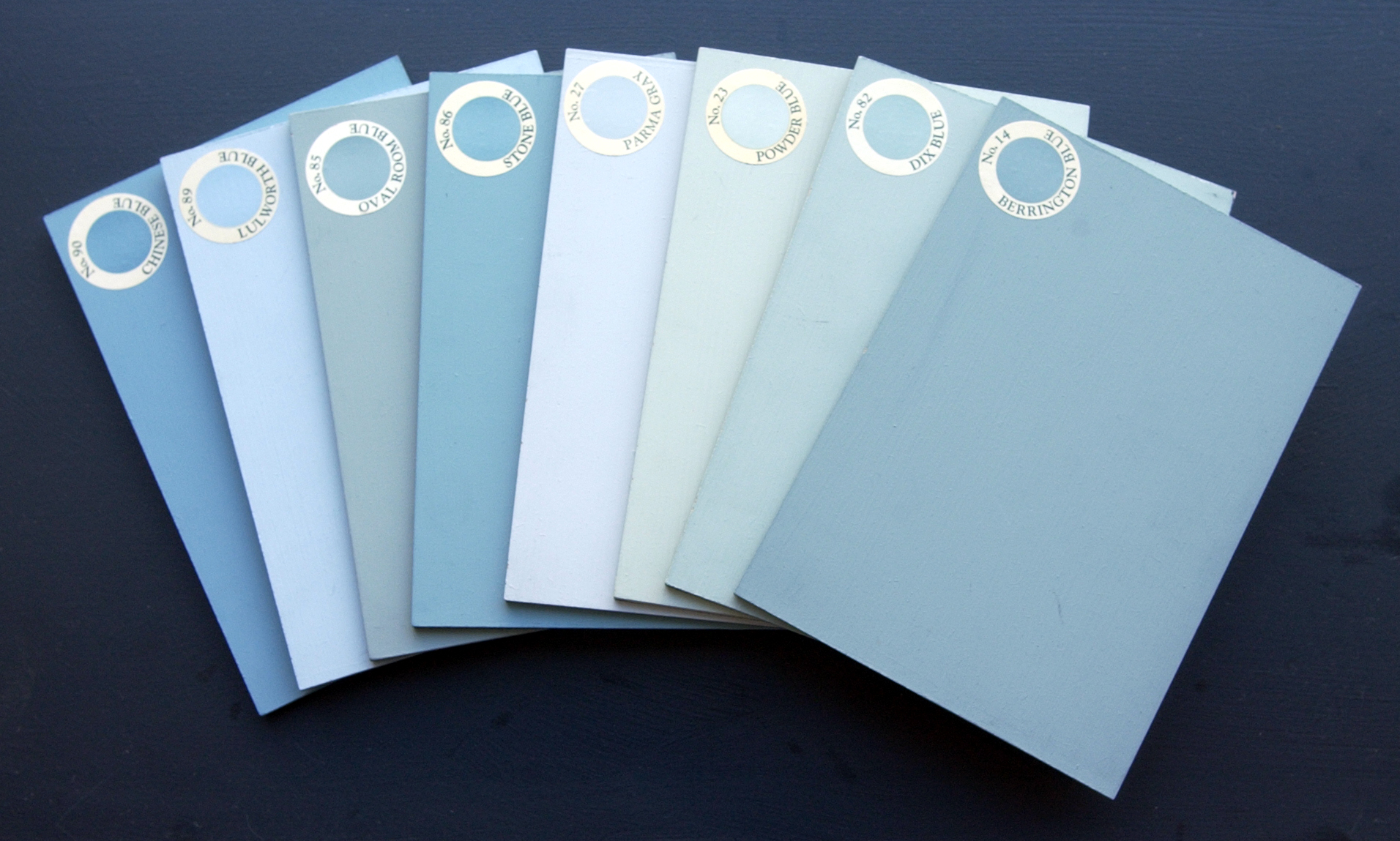
The world seems dreary, gloomy and gray when you’re feeling blue. In fact, being down in the dumps might even affect how you perceive the color blue.
A recent study published in the journal Psychological Science shows a direct connection between a person’s ability to perceive color and their emotions.
“Color is such an important part of our experience,” says lead author Christopher Thorstenson, a psychologist at the University of Rochester. There’s a reason, he says, that common descriptive phrases of the world include “colorless,” “gray,” and “feeling blue” by sad people, and “bright” and “colorful” by happier folks.
MORE: This May Be Why You’re Seeing The Dress As White and Gold
Psychologists have long known that emotions have a direct influence on what is called “low-level visual processes,” or simple perceptions of space and form. That’s because your visual processes require some chemical input from your brain that might affect how you process what you see. Sadness decreases arousal, for example, which in turn limits the amount of light entering the retina and reduces your visual acumen. A gloomy mood lowers dopamine, which may impair neutrotransmitters in the retina. And depression has been linked to a deficit in the ability to differentiate colors, meaning the world might be viewed as a fuzzier, less vivid place for some people feeling sad.
In the experiment, the researchers randomly assigned people to one of two groups. Those who were assigned “sadness” watched a sad film clip: a particularly heart-wrenching scene from The Lion King. Those in the “amusement” group were shown a standup skit. Everyone was then asked to look at red, yellow, green and blue patches that had been desaturated of color and muted to gray. “Some of the patches are pretty difficult [to discern],” Thorstenson admits, saying that it often takes a bit of intent staring to figure out their shade. People were scored on how accurate their color perception was, and they then completed an emotional evaluation. Another part of the study had people watch a neutral desktop screensaver and perform the same tasks.
The result: sad people had a hard time differentiating between shades along the blue-yellow color axis. Intriguingly, however, people who were sad did not have problems seeing colors in the red-green spectrum—possibly because of an evolutionary need to see red as an anger response, Thorstenson speculates. (“Seeing red”, therefore, might also be a more literal phrase than we once thought.)
The fact that Thorstenson and his team only saw differences in color perception along the blue-yellow axis means that this isn’t just a fluke, he explains. Had sadness simply reduced chemical arousal or engagement, the results would probably have indicated that color perception across all spectrums were affected, but that wasn’t the case. It also highlights the possible importance of dopamine in sight, something researchers are hoping to focus on more in the future. “We know dopamine is important in mood disorders like depression and ADHD, but there might be something going on with how dopamine affects how we see colors, too,” Thorstenson says.
“How we feel can really influence how we see the world around us,” he says.
More Must-Reads from TIME
- Why Trump’s Message Worked on Latino Men
- What Trump’s Win Could Mean for Housing
- The 100 Must-Read Books of 2024
- Sleep Doctors Share the 1 Tip That’s Changed Their Lives
- Column: Let’s Bring Back Romance
- What It’s Like to Have Long COVID As a Kid
- FX’s Say Nothing Is the Must-Watch Political Thriller of 2024
- Merle Bombardieri Is Helping People Make the Baby Decision
Write to Tanya Basu at tanya.basu@time.com